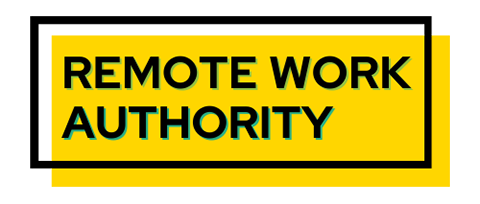Remote jobs require online access with a strong internet connection. The laptop you buy should meet the technical requirement of the companies you apply to, have a screen large enough to see fine detail, and have an operating system in line with what employers want.
Working remotely has become increasingly popular in recent years, with many opting for the flexibility and convenience of working from home or on the go. With so many different laptops on the market, choosing the right one for your remote work needs can be daunting.
This comprehensive guide will help you make the best choice by explaining the key factors you should consider when selecting the best laptop for remote work, including performance, display, battery life, portability, and price.
Table of Contents
What Characteristics Should You Look For In A Laptop For Remote Work?
When choosing a laptop for remote work, including making offsite presentations, you may want to consider the following features:
- A powerful processor (or CPU), such as an Intel Core i7 or i9, copes well with demanding tasks such as video conferencing, document editing, and virtual presentations. However, i3 or i5 processors are suitable for entry-level workers.
- A laptop with a dedicated graphics card (and a powerful GPU or graphics processing unit) will handle graphic-intensive tasks, such as video rendering or playing video games. Nvidia or AMD are the go-to names for good-quality graphics cards.
- A laptop with at least 8 GB of RAM and a solid-state drive (SSD) gives fast performance and plenty of storage for your files and programs. A solid-state drive (SSD) is a data storage device that uses NAND-based flash memory to store data persistently. SSDs have no moving parts, making them faster, lighter, and less prone to physical damage. Recommended SSD storage is a minimum of 256GB.
- A hard drive with at least one terabyte capacity is recommended.
- A laptop with a large, high-resolution display, such as a 14-inch or larger screen with at least 1920 x 1080 resolution, provides a clear and detailed presentation view.
- Long battery life is important for remote work, especially if you use the laptop for presentations or video calls away from an outlet. Modern laptops should have between 8 and 10 hours of battery life.
- The price should be in line with your needs. Most brands have low, medium, and high price ranges from $300 to $2,000 or more. A mid-range product that falls in the $600-800 range should have the features most people need to work at home.
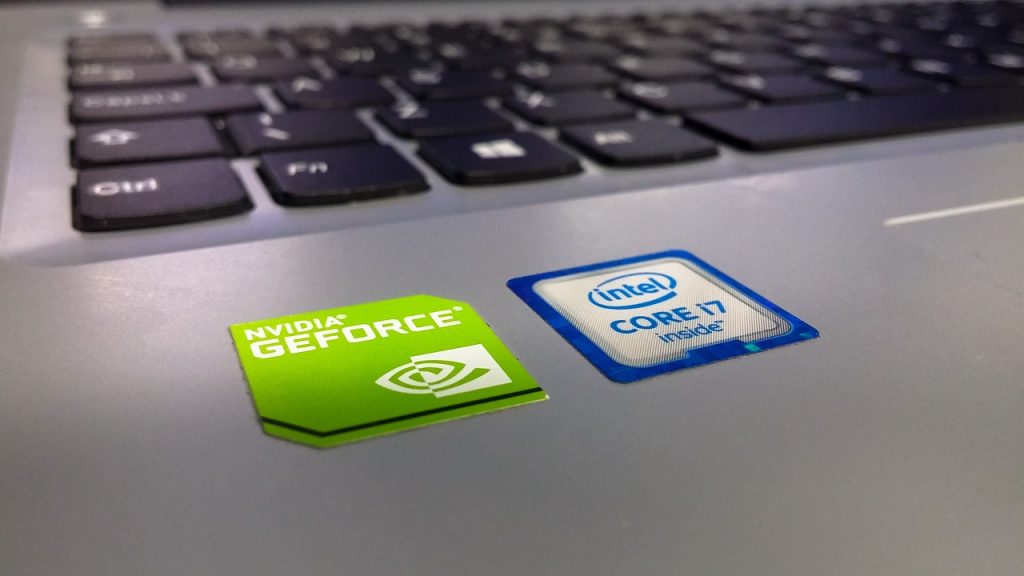
Some of the best laptops for remote work and presentations include:
- Apple MacBook Pro
- Dell XPS 13
- HP Spectre x360
- Lenovo ThinkPad X1 Carbon
- Asus ROG Zephyrus G14
Which Desktop Computer Is Best For Working From Home?
Don’t need to be mobile? Here’s a list of some popular brands of desktop personal computers well-suited for working from home:
- Apple’s MacBook Air, MacBook Pro, and iMac desktop computers.
- Dell’s XPS and Inspiron.
- HP’s Spectre, Envy, and EliteBook.
- Lenovo’s ThinkPad and IdeaPad.
- ASUS Chromebook, ZenBook, and VivoBook.
As with laptops, you would consider the processor type, speed, type of hard drive, and graphics card. You would need to pair it with a monitor (or two.)
Which Operating System Do You Want or Need?
The operating system (OS) you choose for your laptop will depend on your specific needs and the work you’ll be doing. Here are the main options:
- Windows is the most commonly used OS and is a good choice for those who need to run Windows-specific software, such as Microsoft Office or Adobe Creative Cloud.
- MacOS is the operating system used on Apple’s MacBook computers. It’s known for its user-friendly interface and integration with other Apple products, such as iPhones and iPads. MacOS is a good choice for those who use Apple-specific software, such as Final Cut Pro or Logic Pro X, or those who prefer Apple’s ecosystem.
- Chrome OS is the operating system used on Chromebooks. It’s designed for web-based computing and is a good choice for those using cloud-based applications, such as Google Drive, Gmail, and Google Docs.
- Linux is a free, open-source operating system known for its stability, security, and customization options. Linux is a good choice for those who are tech-savvy and want to use open-source software, such as LibreOffice or GIMP.
Operating System Choices: Windows Vs. Mac
Pros of Windows:
- Windows laptops are generally more affordable than MacBooks, making them a more budget-friendly option for many consumers.
- There is a much wider selection of Windows laptops available, giving you more options and the ability to find a computer that meets your specific needs and budget.
- Windows machines are more upgradable, an asset for someone who does not want to buy a new computer frequently.
- There is also more software available for Windows, Some products have Apple versions, but the company is known for releasing proprietary versions of software, so some developers do not perfect the Mac versions.
- Windows laptops allow for greater customization, such as installing third-party software and hardware, which can benefit some users. They have more connection ports and niceties like touch screens.
- Windows products are more often used in business applications.
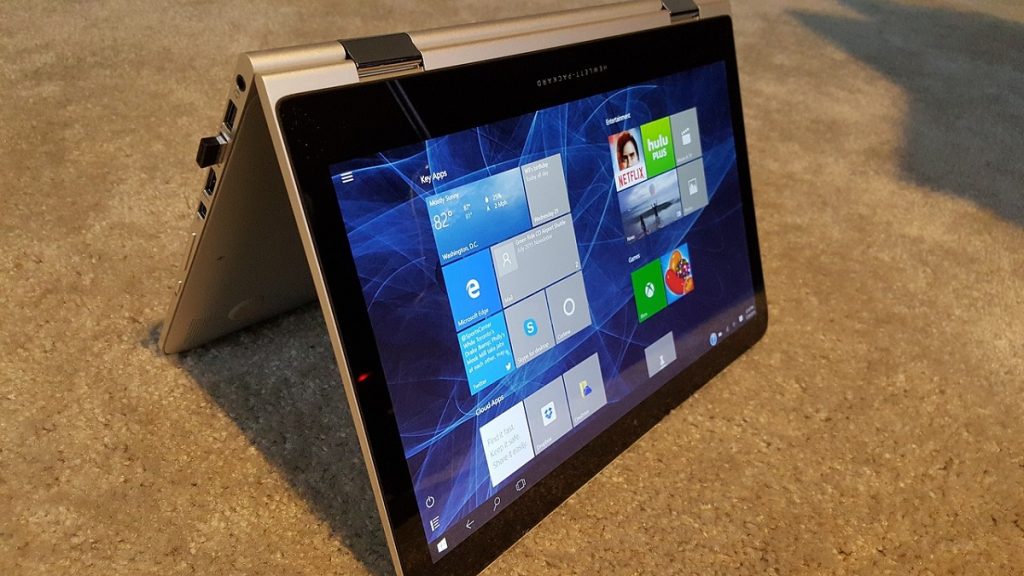
Cons of Windows:
- Windows has a history of vulnerability to malware and other security threats.
- There are many different versions of Windows available, which can lead to fragmentation and compatibility issues between other computers and applications.
Pros of Macs:
- MacBooks are lightweight and portable, making them easy to carry and use from anywhere.
- They are known for their sleek design and high-quality construction, making them a popular choice for professionals and consumers who value style. The M1 chip is the most powerful one Apple has produced so far, so they are popular for video conferencing, graphic design, and programming.
- MacOS, the operating system that runs on MacBooks, is known for its stability and ease of use, its user-friendly interface, and built-in security features. A MacBook will integrate well with your other Apple devices, such as an iPhone or iPad
- Apple devices use “retina display,” a marketing term that describes a pixel density so high that individual pixels are not visible to the naked eye when viewed from a normal distance.
- The Thunderbolt 4 charging devices available today allow for data transfer at up to 40Gbps, which is twice as fast as the maximum 20Gbps speed of USB-C ports and four times faster than the initial Thunderbolt technology.
- The MacOS helps protect against malware and other security threats.
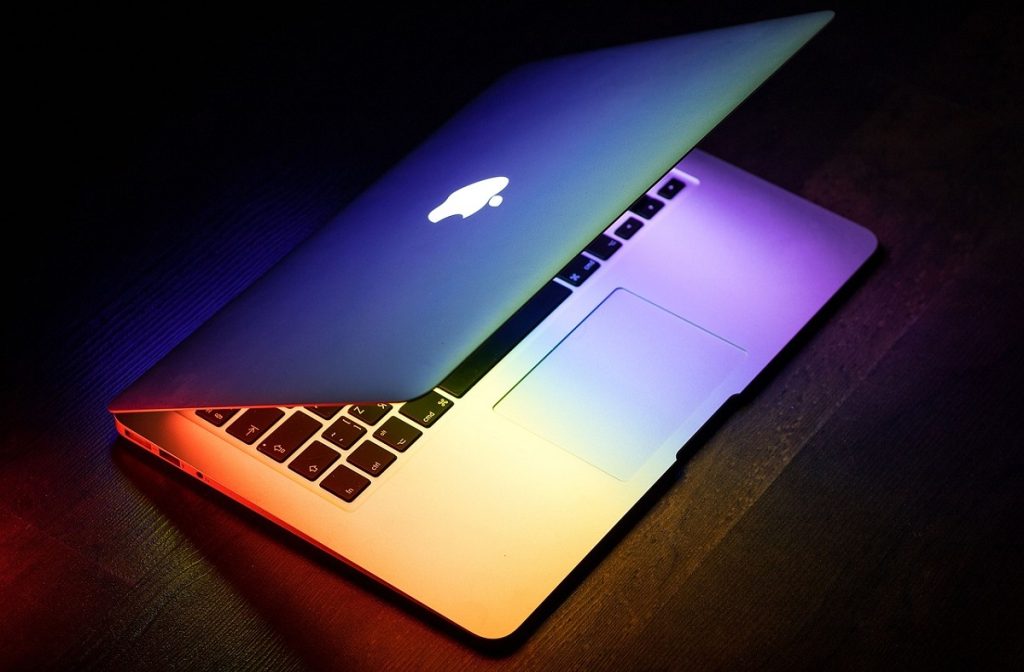
Cons of Macs:
- MacBooks are generally more expensive than Windows laptops, making them a more expensive option for many consumers (a new MacBook Pro retails at around $2,000 on Amazon).
- The more limited selection of MacBooks available can reduce your options and make it more difficult to find a computer that meets your specific needs.
- MacBooks allow for less customization, as third-party software and hardware must be approved by Apple and are subject to more restrictions.
Should You Consider A Chromebook?
Yes, a Chromebook can be a good option for some people looking for a laptop for remote work. Chromebooks are known for their affordability, lightweight designs, and long battery life. Additionally, they run on Chrome OS, a simplified operating system designed for web-based computing, making them a good choice for those who primarily use cloud-based applications like Google Drive, Gmail, and Google Docs.

In contrast to other choices, Chromebooks have little built-in storage which is partly responsible for their lower price point.
Chromebooks may not be the best choice for those who need to run demanding software like Adobe Creative Cloud or AutoCAD, as the Chrome OS does not support these applications.
Many remote workers, including digital nomads, find the Chromebook a good option for them.
More About The Best Brands
Regarding laptops for work-from-home jobs, there are several options to choose from. Some of the best laptops for this purpose include:
- With its sleek design, fast performance, and long battery life, the Apple MacBook Air is popular for remote workers.
- The Dell XPS 13 offers a high-resolution display, high processing power, and long battery life, making it ideal for remote work.
- A lightweight design, 2-in-1 versatility, and long battery life make the HP Spectre x360 a great option for remote workers who need a laptop that’s easy to carry and use in different environments.
- The Lenovo ThinkPad X1 Carbon is known for its durable design, strong performance, and long battery life, making it a popular choice for remote workers who need a reliable laptop. You should also consider the Lenovo IdeaPad.
- For those who prefer a more wallet-friendly option, the ASUS Chromebook Flip C434 is a great budget laptop choice with its lightweight design, long battery life, and Chrome OS operating system. The ASUS ZenBook is a high-end, ultraportable laptop featuring premium build quality, fast core processors, and high-resolution displays, making them suitable for demanding users such as professionals and power users.
- The Acer ConceptD 7 is designed for creative professionals and is equipped with powerful hardware and a color-accurate display.
The ACER Aspire 5 is a budget-friendly laptop with mid-range specs intended for everyday use and features a balance of performance, portability, and affordability. - The Microsoft Surface Pro Laptop has several features that make it a good choice for remote workers: it is lightweight and compact, with a high-resolution touchscreen display making it ideal for tasks such as video conferencing and web browsing. Its fast processor and ample storage mean it can handle most everyday tasks and can run demanding software.
The newer Microsoft Surface Go is a good choice for remote workers looking for a portable, versatile, and high-performance laptop with good battery life.
AMD Ryzen 5, Intel Core i5, and i7 CPUs offer high performance and functionality at affordable prices.
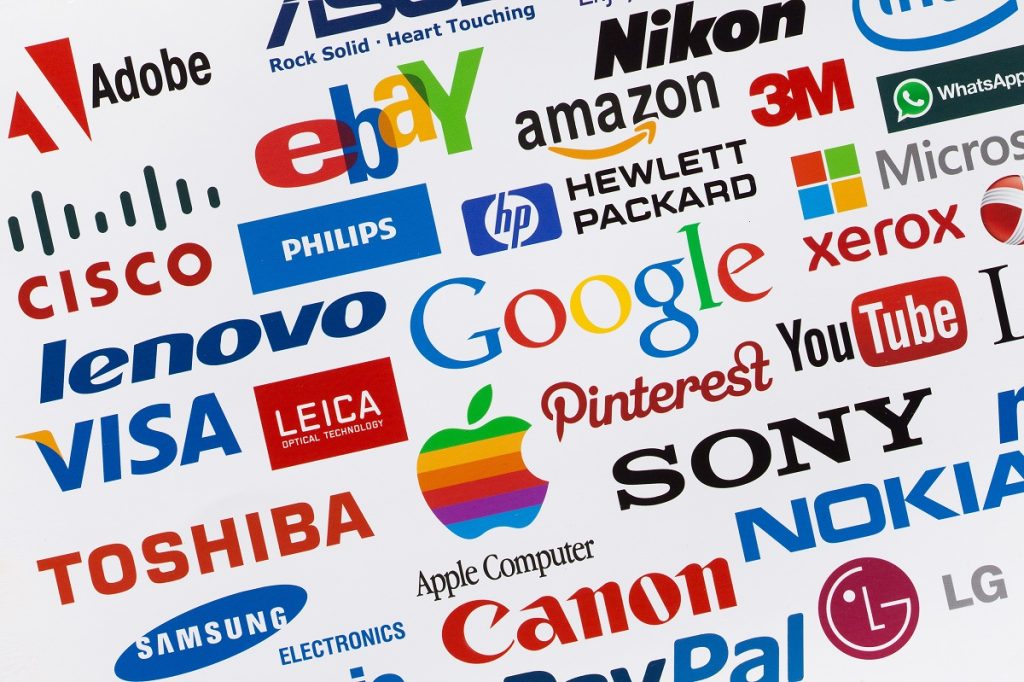
What Size Laptop Or Monitor Do You Need For Remote Work?
Factors To Consider
The size of the laptop or monitor you need for remote work will depend on your specific needs and the type of work you’ll be doing. Here are some things to consider:
- For working on the go, consider a laptop with a smaller screen size, such as a 12-13 inch laptop. However, if you primarily use your laptop for work at a desk, consider a larger laptop with a 14 to 15-inch screen.
- For use with a separate monitor for work, consider the monitor size based on the amount of screen real estate you need. A larger monitor, such as a 27-inch monitor, makes it easier to see and use multiple applications simultaneously.
- For best resolution of the laptop or monitor, choose 1920 x 1080 (Full HD) or 2560 x 1440 (QHD).
- For a wider screen, choose equipment with a standard aspect ratio of 16:9 for most work tasks. A more unconventional aspect ratio, such as 3:2 or 21:9, may be better for specific tasks, such as photo editing or coding.
Why Would You Need A Larger Monitor?
A larger monitor can be beneficial for various professions that require visual work, such as graphic designers, video editing specialists, architects, business analysts, and programmers.
For entering numbers in tiny cells or enhancing the detail in a graphic, the biggest you can afford that fits your space is the best choice.
When Would You Need Two Monitors?
Two monitors can benefit remote workers when increased screen real estate and multitasking capabilities are needed.
Dual monitors can increase your productivity and creativity by allowing you to see and use multiple applications simultaneously without constantly switching between them. This can be particularly useful for tasks that require you to work with various programs or tools, such as photo editing or video production.

What Is The Best Laptop For Remote Work?
In choosing a laptop or other computer for remote work, bear in mind that some companies have specific requirements when it comes to technical specs. You might have to install software that connects to their computers.
Job listings may list the technical requirement and even offer an online check of your hardware. The posting may specify if you must have a PC rather than an Apple product.
When choosing a laptop for work from home, consider the following factors:
- How powerful is it?
- How much RAM does it have? (8Gb RAM minimum, 16Gb recommended)
- How much storage does it have? (256 SSD, 1 Terabyte hard drive recommended)
- How much does it weigh? (2-8 pounds is the average. Lightness is important if you are mobile.)
- What is the screen resolution? (1920 x 1080 recommended)
- How about battery life? (8-10 hour capacity optimum for work)
- Is the keyboard comfortable to type on? Is the touchpad responsive?
- Do you have the necessary ports for your peripherals, such as USB-A, USB-C, and HDMI ports?
- Is it a well-known brand that will easier to get better warranties, support, and service?
- Does it have the additional features you need, such as a touchscreen, webcam, microSD and SD card slots, USB ports, backlit keyboards, a fingerprint reader, and a headphone jack?
